Nature reports
Page 17 of 70 - 696 Results
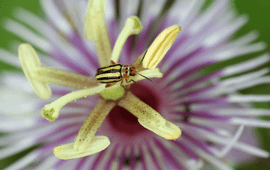
The Dutch Caribbean Nature Alliance (DCNA) and Fundacion Parke Nacional Aruba (FPNA) are proud to announce a symposium on Nature-Based Solutions (NBS) for Ecosystem Restoration and Conservation on the Dutch Caribbean islands. The..
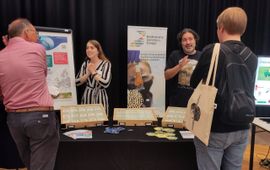
The partnership ARISE wants to map all Dutch biodiversity. Therefore, they called on the help of experts with their own collection from Dutch nature. With success! The bardcoding NL day was the start to expand the national DNA..
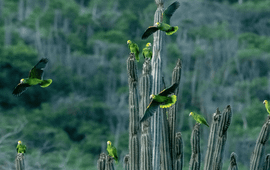
The local government of Bonaire recently announced the acquisition of the former plantation Fontein, supported by the Dutch government in The Hague. With a significant investment of 3.4 million dollars, the government aims to..
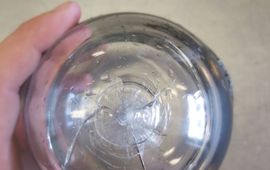
Due to the changing climate, the underwater world is getting ever noisier. That is the main conclusion of a study that was published today in the scientific journal PeerJ. ..
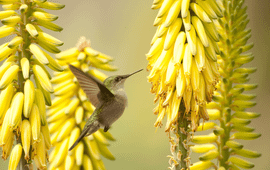
A new DCNA project 'Monitoring for Bird Biodiversity Conservation in the Dutch Caribbean' has officially been launched. Through combining enhanced training, field surveys and the use of a standardized monitoring programme, local..
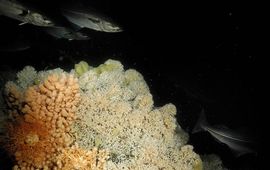
For the first time, proof has surfaced that even cold-water coral reefs that live in the cold and dark deep sea, grow in self-organised patterns. Such pattern formation is a ’trick’ that enhances the resilience of ecosystems under..
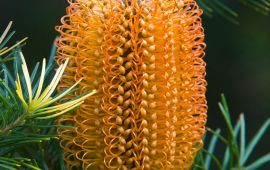
What different types of plants and fungi exist, how does variety in species arise, and how are the species doing? A new report from Kew Botanical Gardens released last Tuesday answers these questions. Naturalis researcher Renske..
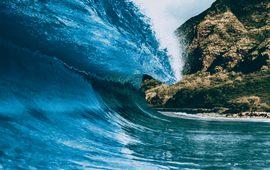
The (Dutch) Caribbean islands are facing unprecedented challenges posed by climate change, including rising sea levels, intensifying hurricanes, heatwaves, and heavy rainfall. In response to these threats, Royal Netherlands..
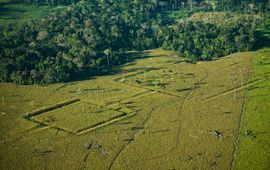
Hidden in the Amazon forest are thousands of remnants of ancient civilizations. These hidden structures, also called geoglyphs, reveal much about the history of the Amazon. A major study of these geoglyphs and their relationship..
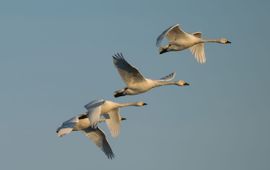
Bewick’s swans fly less far during their autumn migration when the weather is warm. Climate change has therefore led to a shift in their common wintering areas. Now, for the first time, bird researchers have been able to pinpoint..
